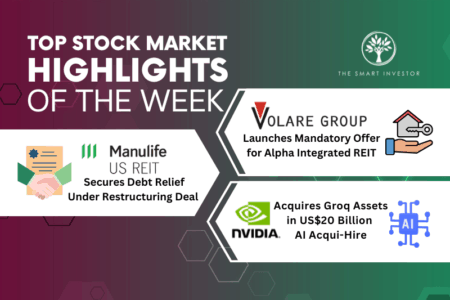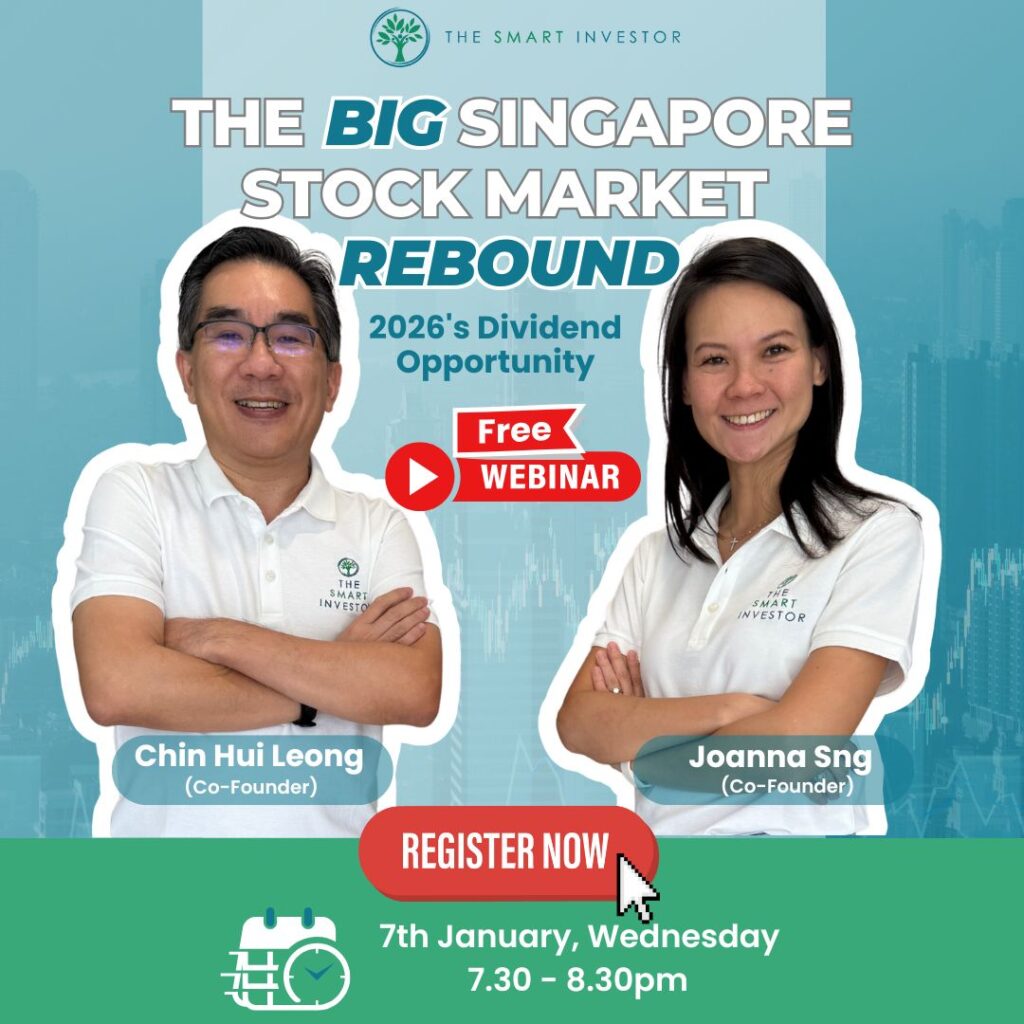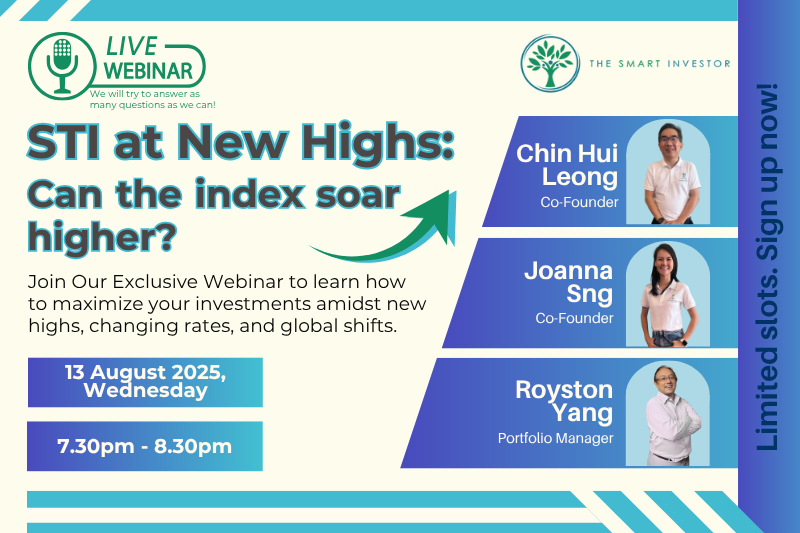I am referring to the fantastic feat of fire walking. Also known as Theemithi, it was one of the many events organised by Singapore’s Indian community in the weeks ahead of Deepavali. I, along with hundreds of other eager spectators and many Hindu devotees, packed the Sri Mariamman Temple on a warm Sunday evening to watch, at first hand, the bold and daring performance.
Science over the spectacular
The science that lies behind fire walking is, of course, well known. But the science does not detract, in any way, from the spectacular feat, as the fire walkers strode confidently over a four-metre pit of glowing embers in their bare feet. But the knowledgeable gentleman was absolutely right. Fire walking is only dangerous if you don’t know what you are doing.
Some people have likened the buying of shares in a volatile stock market to walking barefoot on a bed of hot ashes. But as legendary investor Jeremy Grantham once remarked: “Volatility is a symptom that people have no idea of the underlying value.” Warren Buffett said something similar about risk, which is generally seen as a proxy for volatility: “Risk comes from not knowing what you’re doing.”
Legends versus mortals
For many people, volatile markets can be a time of worry and distress. After all, it can be heart-breaking to watch the value of our investments take a hit. But as Peter Lynch once quipped: “A stock market decline is as routine as a January blizzard in Colorado. If you’re prepared, it can’t hurt you. A decline is a great opportunity to pick up the bargains left behind by investors who are fleeing the storm in panic.”
That is easy for Peter Lynch to say. He is, at the end of the day, a seasoned investor. But what about us mere mortals? How do we go about differentiating between undervalued shares and rip-offs dressed up as bargains? Aren’t we, like amateur fire walkers, going to get badly burnt if we pick the wrong stocks in a volatile market?
Walking on fire
The day I became a better investor – or as I prefer to call it, the day I learnt to walk on fire – was the day I understood the concept of intrinsic value. Every company on the stock market has an intrinsic value. It could be derived from the stream of dividends that we, as investors, enjoy by holding the stock. It could be the sum total of the company’s assets. It could also be the earnings that we, as investors, could reap over the long term simply by owning the shares.
Trouble is, if you don’t understand the intrinsic value, then that could be tantamount to “playing poker without looking at the cards”, as Peter Lynch once joked. By recognising the concept of intrinsic value, we can appreciate when shares have been unfairly punished. That is the underlying message behind Warren Buffett’s sage advice: “Be greedy when the market is fearful and be fearful when the market is greedy.”
He didn’t say buy any old rubbish and hope for the best. Buffett also said: “Look at market fluctuations as your friend rather than your enemy; profit from folly rather than participate in it.”
Volatile times
Market volatility is here to stay. Right now, the Straits Times Index has surged to record highs, and it’s easy to wonder if the next step is a stumble. At the same time, investors are watching headlines about tariffs, questioning whether AI stocks are in a bubble, and waiting for central banks to cut interest rates.
In moments like these, it is tempting to hold back in fear of a fall. But remember this: if a business does well, the stock eventually follows. In the short term, there is little correlation between a company’s success and its stock price. But in the long term, there is a 100% correlation.
So focus on the long term and the 100% correlation, rather than what might happen from day to day. And don’t, like some, be tempted to ditch stocks for cash at the first sign of disaster. As Peter Lynch once noted: “If total disaster strikes, cash in the bank is going to be as useless as stocks.”
Big Tech is spending hundreds of billions on AI, and the ripple effects are just beginning. Our new investor guide shows how AI is changing the way companies generate revenue, structure their business models, and gain an edge. Even if you already know the major players, this report reveals something far MORE important: The why and how behind their moves, and what it means for your portfolio. Download your free report now.
Follow us on Facebook, Instagram and Telegram for the latest investing news and analyses!






